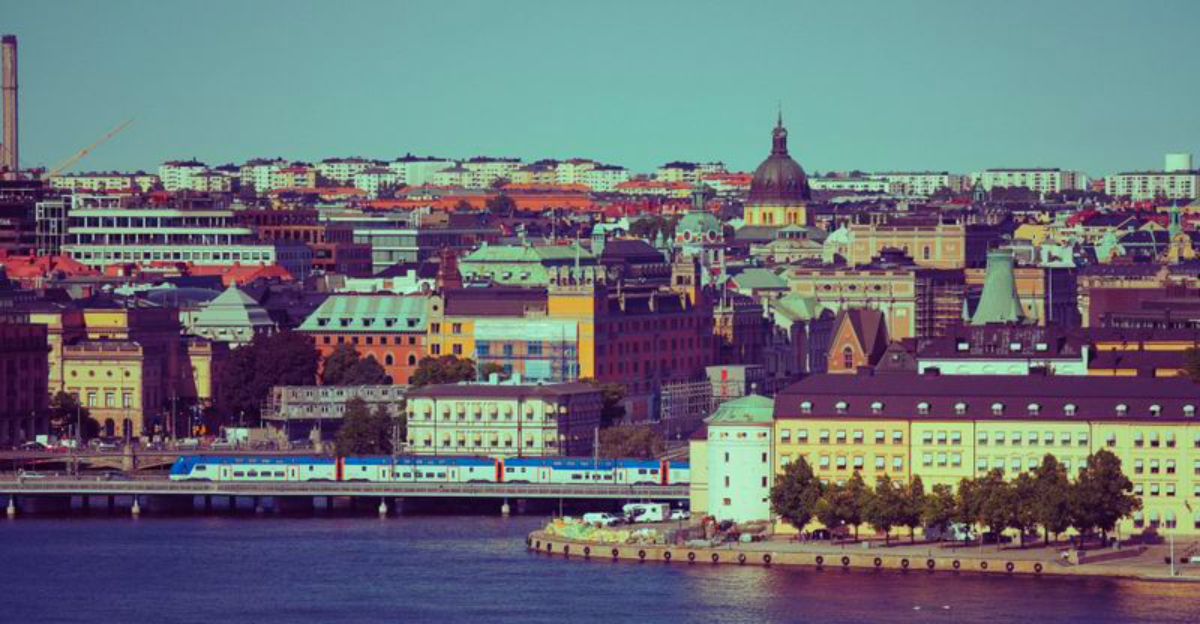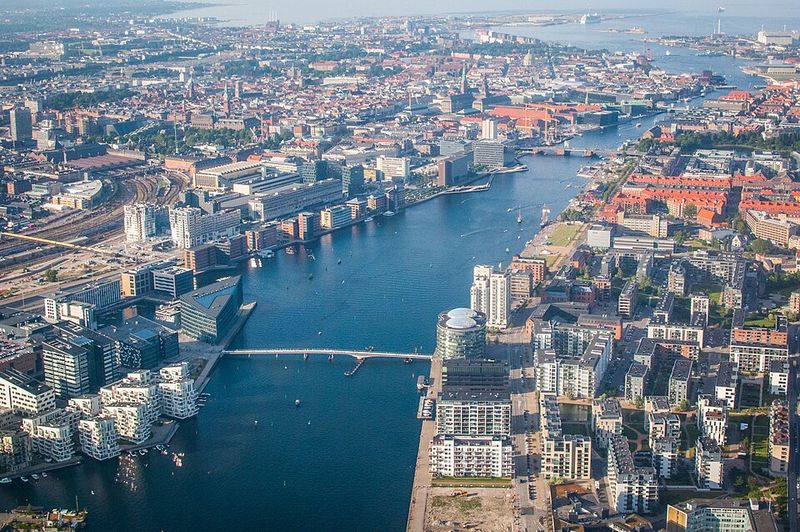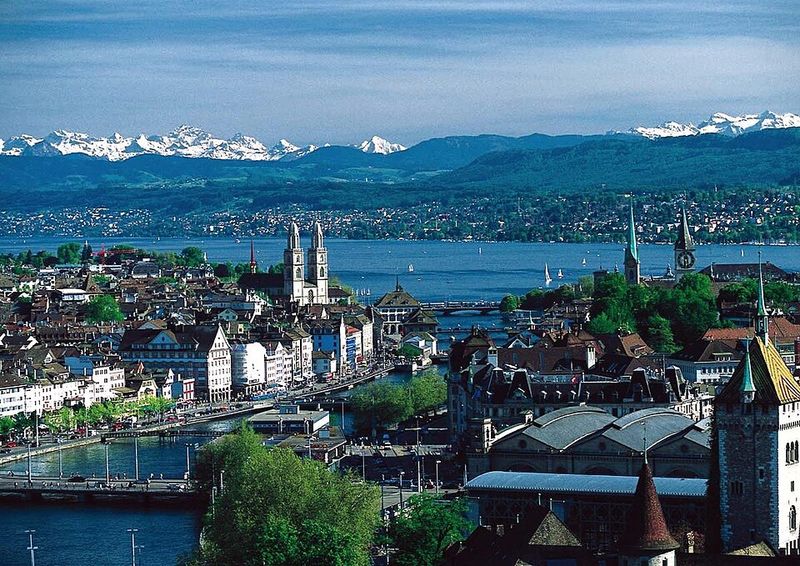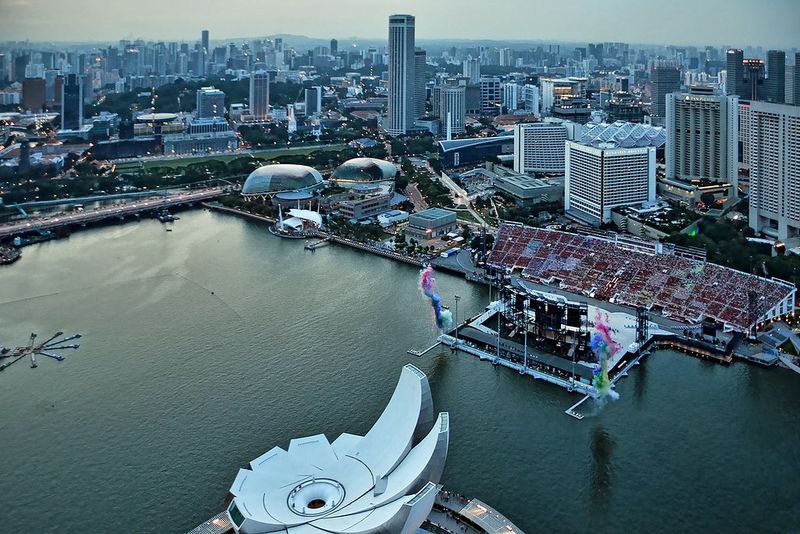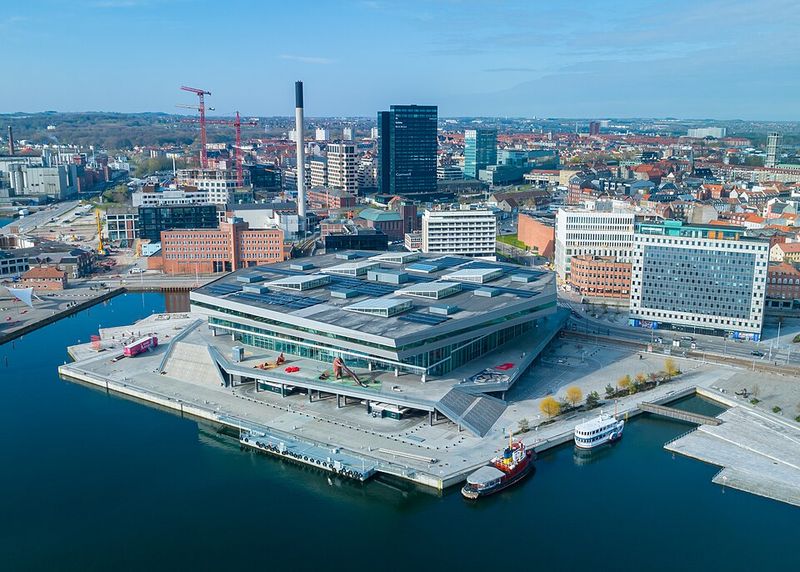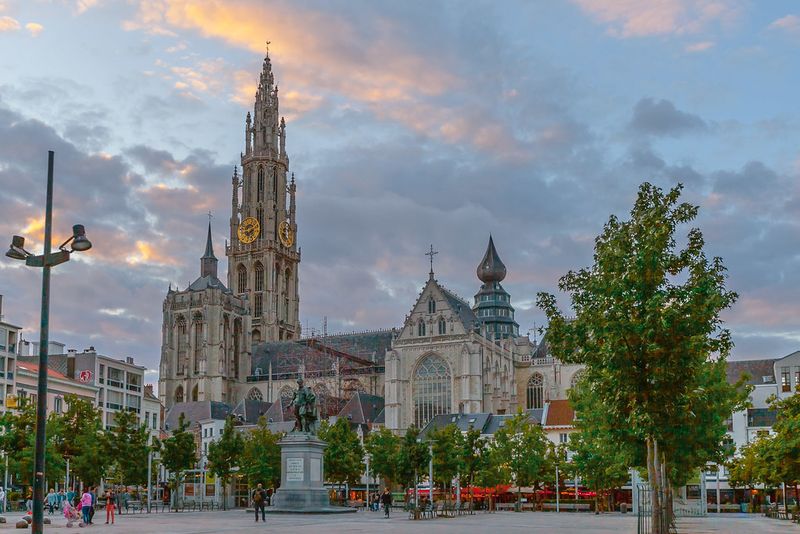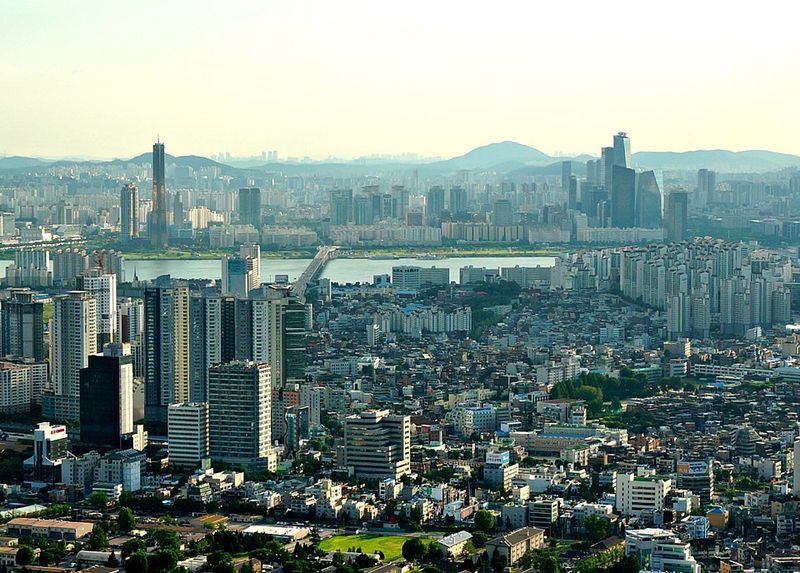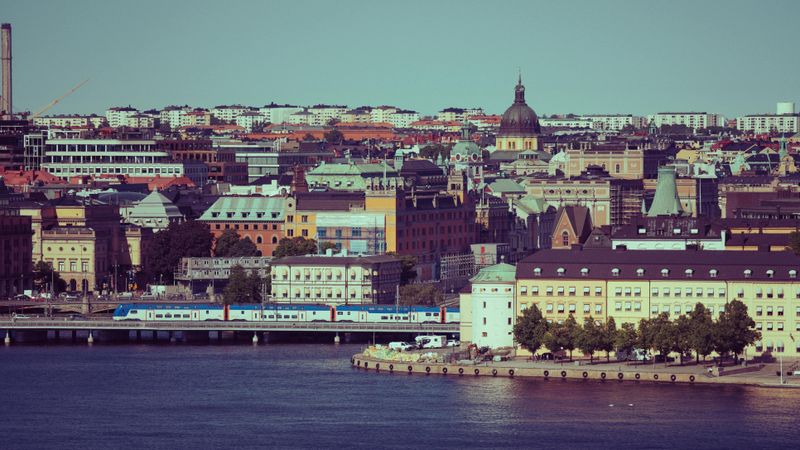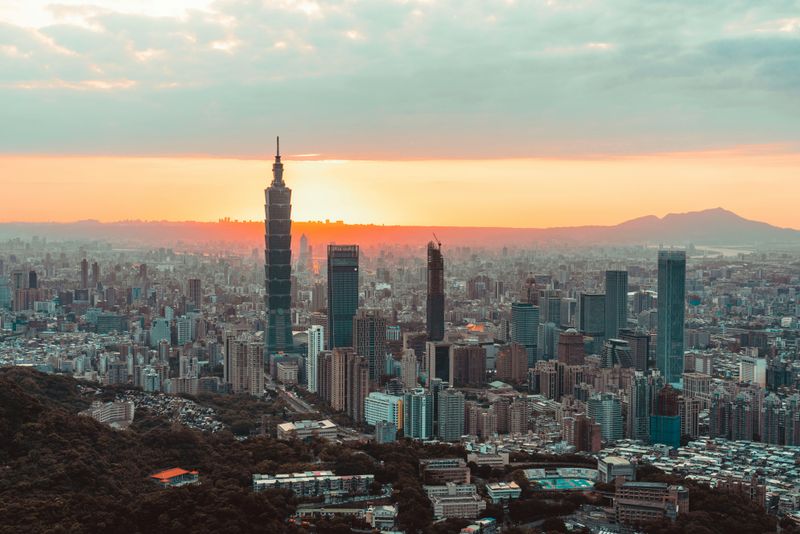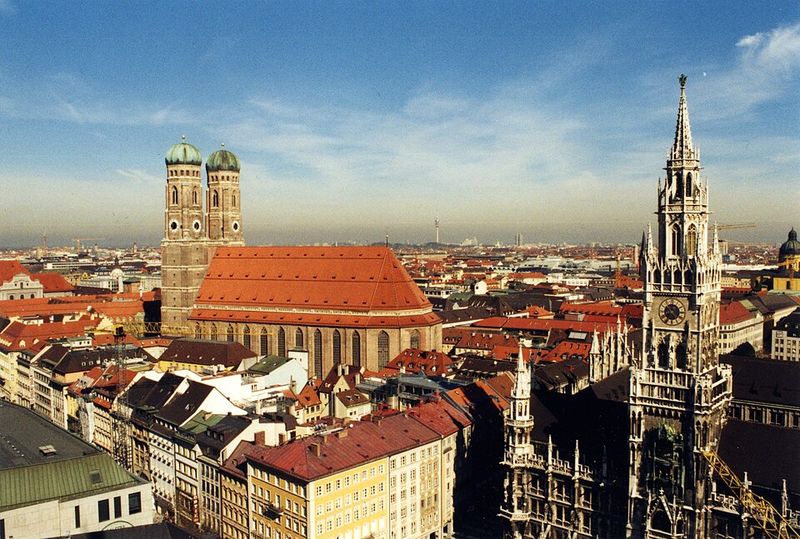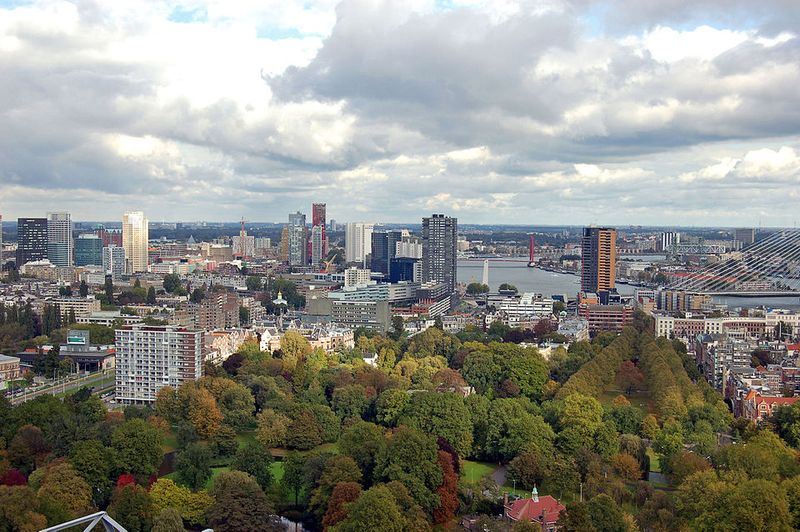What makes a city truly happy? According to the 2025 rankings, it comes down to health care, green spaces, work-life balance, and how easy it is to get around without a car. European cities dominate the list, but a few Asian powerhouses also made the cut. From bike-friendly streets in Denmark to innovation hubs in Asia, these ten cities prove that happiness isn’t just about wealthm it’s about quality of life for everyone.
1. Copenhagen (Denmark) — #1
Claiming the top spot, Copenhagen shows the world what a balanced life looks like. Residents work an average of just 37 hours per week, leaving plenty of time for family, hobbies, and relaxation. Universal health care ensures everyone has access to doctors—4.4 per 1,000 people—and mental-health support reaches nearly 18% of adults through coordinated care programs.
Getting around is a breeze without a car. An impressive 69% of all trips happen by bike, public transit, or walking, which keeps the air clean and streets safe. The city boasts nearly one park per square kilometer and recycles 52% of its waste.
Entrepreneurship thrives here too, with over 230 businesses per 1,000 residents and wages sitting 60% above the national average, making Copenhagen a model for urban happiness.
2. Zurich (Switzerland) — #2
Switzerland’s largest city earns its silver medal through a combination of longevity, wealth, and accessibility. Life expectancy hovers around 83.8 years, supported by universal health coverage and 4.5 doctors per 1,000 residents. Education remains affordable, costing just 2.9% of household income, opening doors for everyone.
Transportation stands out as exceptionally efficient and green. About 74% of journeys rely on sustainable modes, and road deaths are remarkably rare at only 0.07 per 10,000 people. Digital innovation runs deep, with roughly 600 open datasets fueling transparency and smart governance.
High GDP per capita means residents enjoy financial security alongside excellent public services, creating an environment where people can truly flourish both professionally and personally.
3. Singapore (Singapore) — #3
As the only non-European city in the top three, Singapore proves that happiness transcends geography. Safety defines daily life here—public violence is virtually nonexistent, and universal health care supports a life expectancy of 83 years. Nearly 96% of eligible voters turn out for elections, reflecting deep civic engagement.
Getting around is seamless and inclusive. Two-thirds of trips use green transportation, and every single public transit vehicle accommodates people with mobility disabilities. The city-state invests 30% of its budget into innovation, generating over 8,000 open datasets for public use.
Unemployment sits at just 2%, while startup activity buzzes with nearly 102 businesses per 1,000 residents, creating abundant opportunities for ambitious residents to build their futures.
4. Aarhus (Denmark) — #4
Denmark’s second-largest city mirrors Copenhagen’s success formula while maintaining its own distinct charm. Work weeks average 37 hours, giving families genuine time together without sacrificing career growth. Universal health care provides 4.4 doctors per 1,000 people, ensuring medical needs never go unmet.
Environmental quality ranks among Europe’s best. Air pollution (PM10) measures just 17, while an impressive 1.35 parks per square kilometer offer abundant green space. Traffic deaths are nearly non-existent at 0.03 per 10,000 residents, and 53% of trips happen through sustainable modes.
Civic participation runs strong with 68.2% turnout in local elections. Transparency matters here—122 open datasets let residents track government decisions and hold leaders accountable, building trust between citizens and city hall.
5. Antwerp (Belgium) — #5
Belgium’s diamond capital shines bright in the happiness rankings. Nearly everyone—99% of residents—carries health insurance, backed by six doctors per 1,000 people and a life expectancy of 81.2 years. Education levels impress, with almost 25% of adults holding master’s degrees, fueling a skilled workforce.
Transportation infrastructure prioritizes sustainability and accessibility. Over 53% of trips rely on green mobility options, and extensive upgrades ensure public transit works for people with disabilities. Digital skills remain widespread, preparing residents for modern careers.
Open governance sets Antwerp apart from many European peers. The city publishes 837 datasets online, promoting transparency and enabling residents to engage meaningfully with policy decisions. Robust e-services make interacting with government convenient and efficient.
6. Seoul (South Korea) — #6
Seoul breaks the European dominance with an innovation-driven approach to urban happiness. The megacity generates an astounding 25.91 patents per 10,000 residents and hosts top-50 universities that attract global talent. Universal insurance and a life expectancy of 85 years demonstrate strong health outcomes, with mental-health services steadily expanding.
Despite its massive population, Seoul moves people efficiently. An impressive 72% of trips use green transportation, supported by comprehensive intelligent traffic systems and real-time transit data that make navigating the city stress-free.
Green space surprises many visitors. The city maintains 3.62 parks per square kilometer—remarkable for a megacity—offering residents essential breathing room amid urban density. Low public violence keeps neighborhoods safe for families and individuals alike.
7. Stockholm (Sweden) — #7
Sweden’s capital demonstrates that investing in people pays lasting dividends. Universal health coverage and 4.3 doctors per 1,000 residents support a life expectancy of 83.6 years. Education remains a lifelong priority—19% of adults participate in continued learning programs, and higher education comes tuition-free, costing 0% of household income.
Sustainable transportation shapes daily routines. About 62% of journeys happen through green modes, and every public transit vehicle accommodates mobility disabilities, ensuring no one gets left behind. The archipelago setting makes water transport part of the mix too.
Civic participation runs exceptionally high with 81.6% turnout in local elections. A strong open-data culture empowers residents to understand city operations and contribute to decision-making, strengthening democracy at the grassroots level.
8. Taipei (Taiwan) — #8
Taiwan’s capital combines cutting-edge technology with solid quality-of-life fundamentals. An impressive 94% of residents possess digital skills, positioning them for success in modern economies. Innovation thrives with 20.92 patents per 10,000 people, while universal health coverage and an 83.65-year life expectancy show strong health foundations.
Environmental responsibility shapes urban habits. Taipei recycles 67% of its waste—among the world’s highest rates—and 60% of trips use green transportation. Mental-health support continues growing, addressing needs that many Asian cities have historically overlooked.
Transparency reaches extraordinary levels with 19,952 open datasets available to the public, empowering citizens, researchers, and entrepreneurs. This data-driven approach to governance builds trust and enables evidence-based improvements across city services and planning initiatives.
9. Munich (Germany) — #9
Bavaria’s capital rounds out the top ten with a focus on mental wellness and mobility. Universal health care provides 4.5 doctors per 1,000 residents, and an exceptional 27.8% of adults receive coordinated mental-health support—the highest rate on this list. This comprehensive approach addresses the full spectrum of wellbeing.
Transportation choices lean heavily green. A remarkable 77% of all trips happen through sustainable modes, supported by sophisticated journey-planning tools and intelligent traffic systems that reduce congestion and frustration. Getting around without a car feels natural here.
Education and earning power go hand-in-hand. Munich hosts top-50 universities that attract global students and researchers, while local wages sit 41% above Germany’s national average, allowing residents to enjoy the city’s high quality of life comfortably.
10. Rotterdam (Netherlands) — #10
Completing the top ten, Rotterdam stands out for its social safety net and forward-thinking approach. Universal health coverage extends to mental wellness—26.1% of adults receive coordinated mental-health support, and suicide attempt rates remain low. This comprehensive care system catches people before crises develop.
Environmental quality and circular economy principles guide city planning. Air pollution (PM10) measures just 14, among Europe’s cleanest, while 57% recycling rates and biodiversity strategies protect nature. About 51% of trips use green transportation, with 95% of transit vehicles adapted for accessibility.
Future-ready skills define the workforce. An impressive 96% of residents possess digital competencies, preparing them for evolving job markets and ensuring economic resilience across generations in this innovative port city.
